Introduction Dr. Alex Jimenez, D.C., presents how to look for signs of hormonal imbalances in men and how different treatment strategies, like chiropractic care, can…
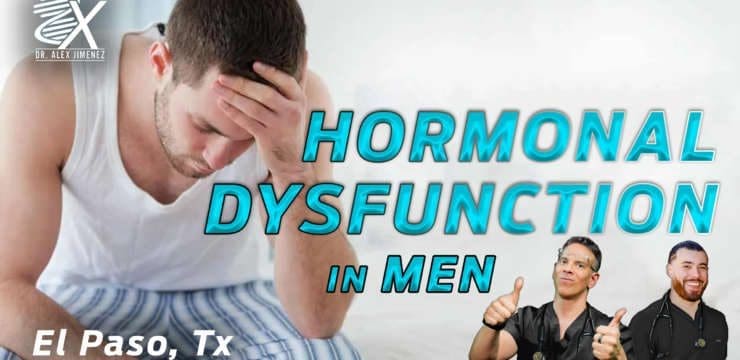
Chronic Pain: Everyone feels pain from time to time. Cutting your finger or pulling a muscle, pain is your body’s way of telling you something is wrong. The injury heals, you stop hurting.
Chronic pain works differently. The body keeps hurting weeks, months, or even years after the injury. Doctors define this pain as any pain that lasts for 3 to 6 months or more. The pain can effect your day to day life and mental health. Pain comes from a series of messages that run through the nervous system. When hurt, the injury turns on pain sensors in that area. They send a message in the form of an electrical signal, which travels from nerve to nerve until it reaches the brain. The brain processes the signal and sends out the message that the body is hurt.The brain processes the signal and sends out the message that the body is hurt. The leading causes:
Arthritis
Back problems
Infections
Inflammation
Migraines and other headaches
Nerve damage
Past injuries or surgeries
Dr. Jimenez uses chiropractic, functional medicine, and health coaching to help patients with chronic pain and inflammation.

Introduction Dr. Alex Jimenez, D.C., presents how to look for signs of hormonal imbalances in men and how different treatment strategies, like chiropractic care, can…
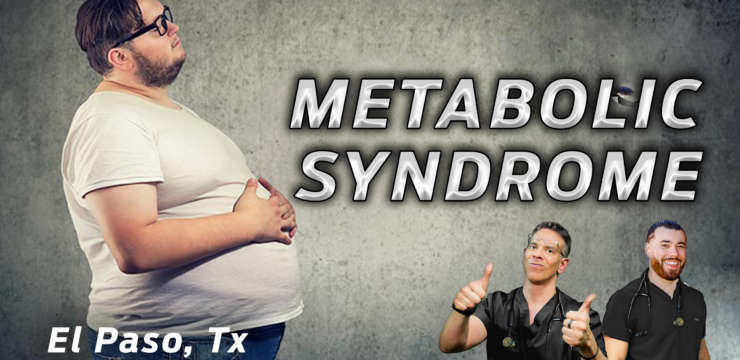
Introduction Dr. Alex Jimenez, D.C., presents the effects of metabolic syndrome that can disrupt the body’s functionality. Metabolic syndrome is a common disorder that can…

Introduction Dr. Alex Jimenez, D.C., presents how many people can recognize the cause of metabolic syndrome. Metabolic syndrome is a cluster of conditions ranging from…
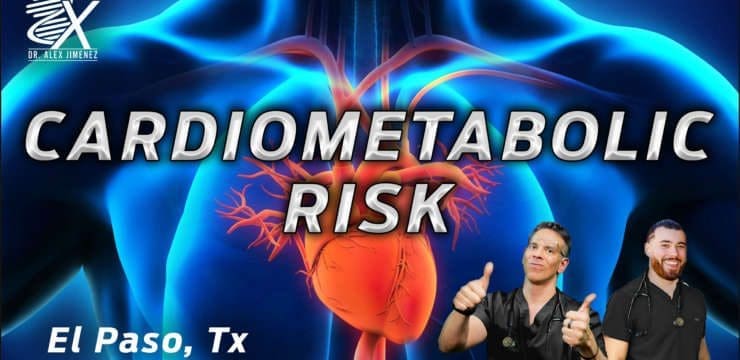
Introduction Dr. Alex Jimenez, D.C., presents how the cause and effects of cardiometabolic risk can affect a person’s health and wellness. Cardiometabolic syndrome can affect…
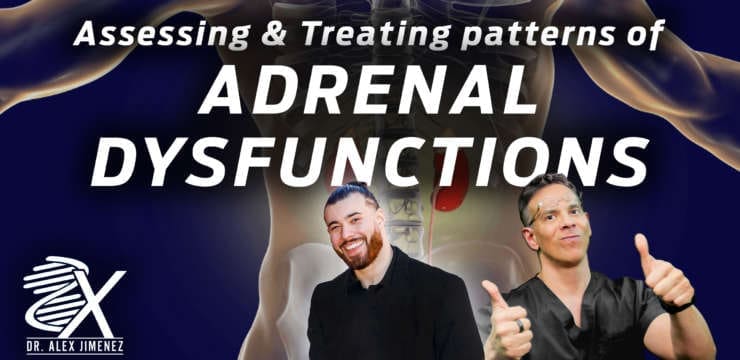
Introduction Dr. Alex Jimenez, D.C., presents how various treatments can help with adrenal insufficiency and can help regulate hormone levels in the body in this…

Introduction Dr. Alex Jimenez, D.C., presents how adrenal insufficiencies can affect the hormone levels in the body. Hormones play a vital part in regulating body…

Introduction Dr. Alex Jimenez, D.C., presents an insightful overview of how hormonal dysfunction can affect the body, increase cortisol levels, and be associated with PTSD…

Introduction Dr. Alex Jimenez, D.C., presents an overview of hormonal dysfunction can affect the various hormones in the body that can increase cortisol levels in…
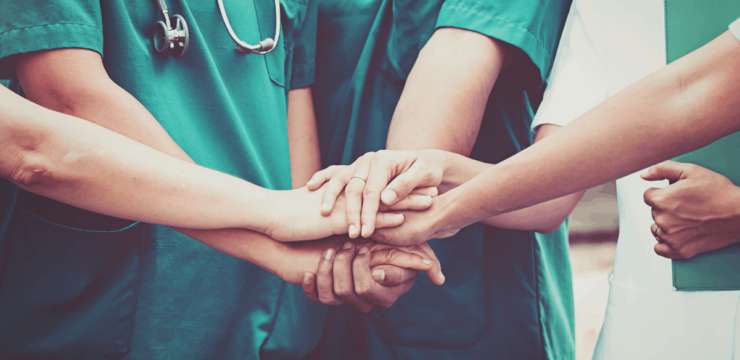
Introduction Dr. Alex Jimenez, D.C., presents how the SBAR method is used in a clinical approach in a chiropractic office. Since pain in the body…

Dr. Alex Jimenez, D.C., presents how hormonal dysfunction can be assessed and treated through various therapies specializing in hormones and how to regulate them in…

Dr. Alex Jimenez, D.C., presents how to assess different hormones in the body and how different hormone tests can be used to determine the level…

Introduction The calves are extremely important to the lower portions of the legs as they allow the individual to move around and help stabilize the entire body.…

Introduction Various muscles help support the lower legs in the body and allow movement to the host. The lower extremities include the hips, pelvis, thighs, legs,…
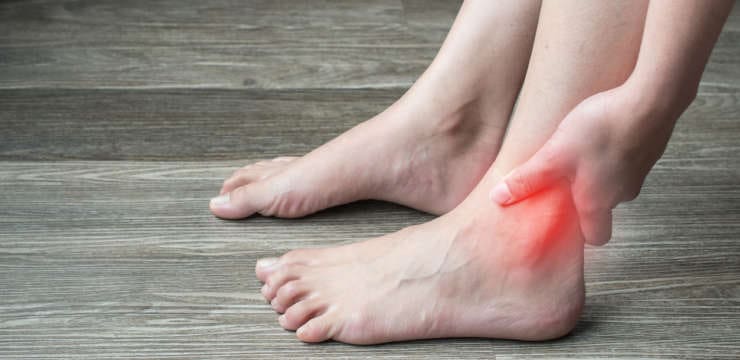
Introduction The ankles and the lower legs have a casual relationship by allowing movement to the foot that causes an up-and-down motion. The lower leg has various…
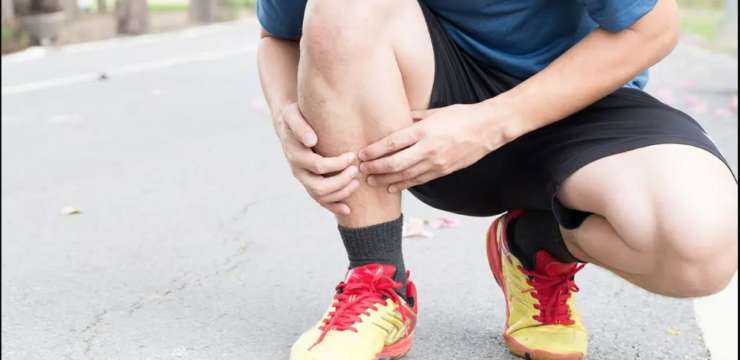
Introduction The legs are crucial for many individuals to move, jump, run, walk, and stand in various locations. The legs involve the thighs, hips, and knees as…

Introduction As one of the stabilizers for the body, the knees are located between the thighs and legs, allowing flexion and extension. The knees help the…
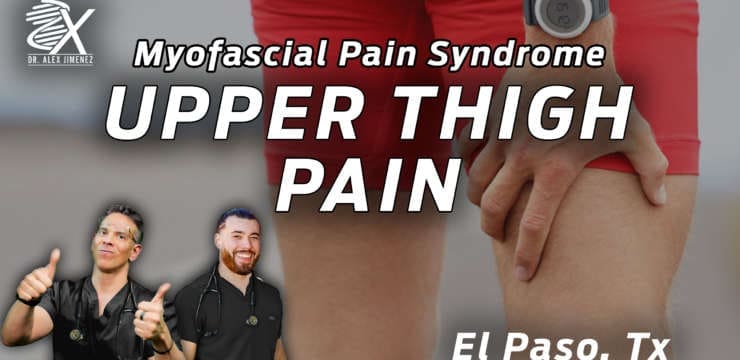
Introduction Many individuals utilize their lower muscles to move around and stay active as each muscle does its job and allows mobility to the hips and…